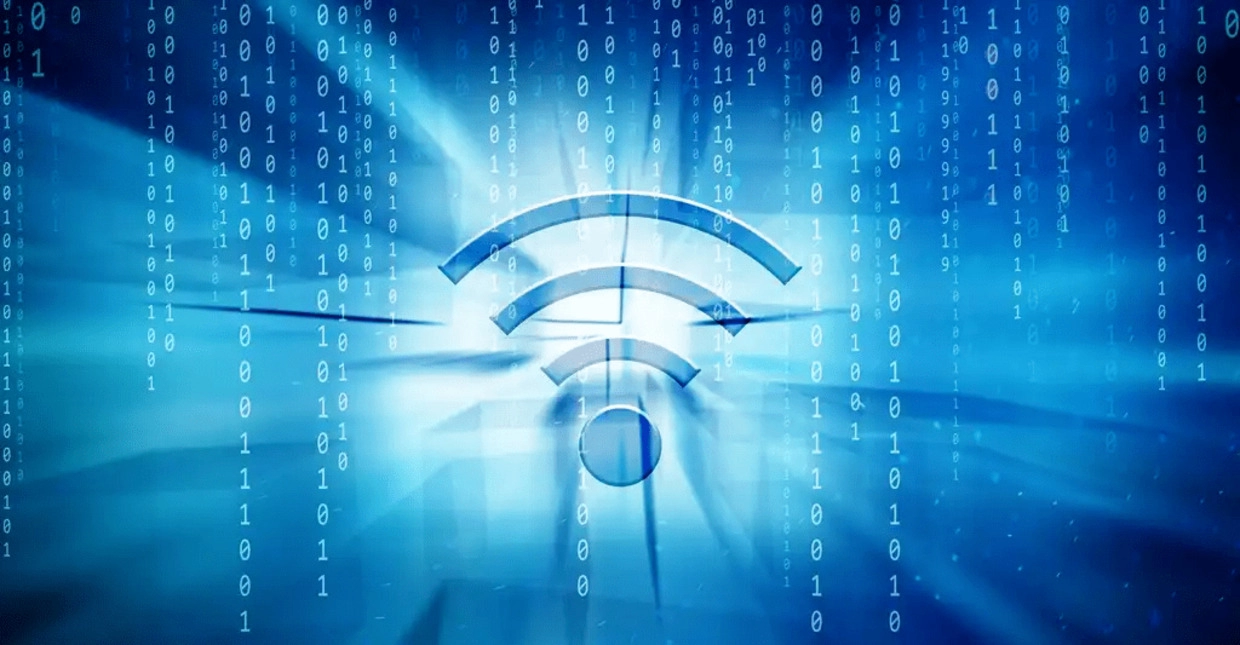Story: The First Wi-Fi Connection
Before Wi-Fi, using the internet meant being tied to a computer with a physical cable. Whether it was at home, in a coffee shop, or at work, wires were the only way to stay connected to the web. But in the 1990s, everything changed with the invention of Wi-Fi, which allowed people to access the internet wirelessly from almost anywhere.
Alvarion and the Birth of Wi-Fi
A key part of this transformation came from a company called Alvarion, based in Israel. Alvarion played a significant role in developing the first Wi-Fi networks, making it possible for devices to connect to the internet without needing a physical connection.
The First Wi-Fi Standard: IEEE 802.11
In 1997, the first Wi-Fi standard, known as IEEE 802.11, was developed. This was the beginning of wireless networking as we know it today. The development of this standard made it possible for people to use the internet on laptops, smartphones, and other devices wirelessly, freeing them from being tied to a desk or a wall outlet.
The First Wi-Fi Router
One of the first Wi-Fi routers—the device that makes wireless internet possible in your home—was about the size of a toaster. Despite its small size, this simple invention was revolutionary. With it, people could connect to the internet from almost anywhere in their homes, moving freely without worrying about tangled cables.
The Impact of Wi-Fi
This simple idea of wireless internet sparked a massive shift in how we connect to the web. No longer did we have to sit at a desk near the computer’s outlet; now, we could work, browse, and stream from anywhere in the house. It made the internet much more accessible, freeing us from the limitations of physical cables.
Today, Wi-Fi is a part of everyday life, found in homes, cafes, schools, and airports around the world. Thanks to the pioneers of Wi-Fi technology, we’re no longer tied down by wires, and we can take the internet wherever we go!











